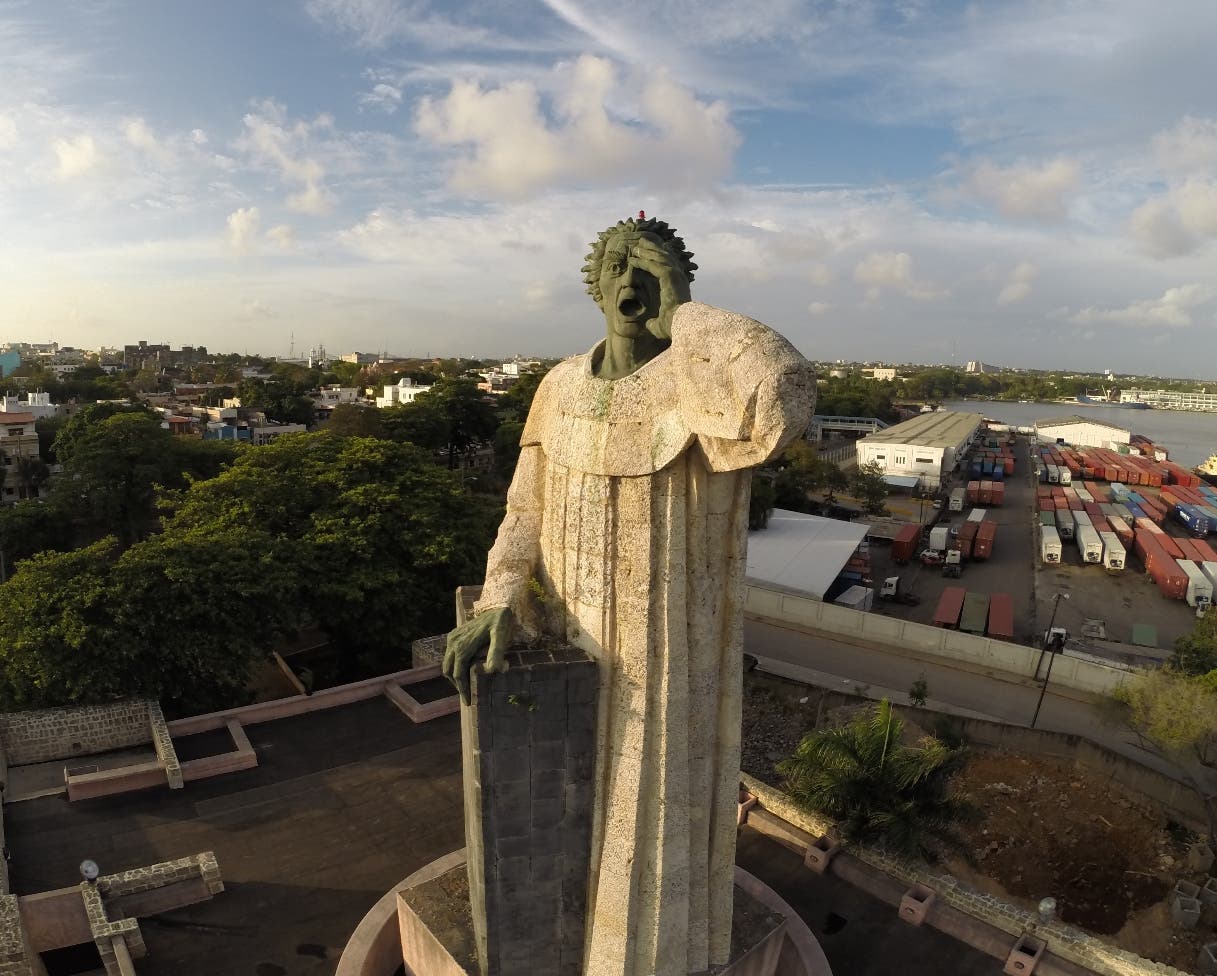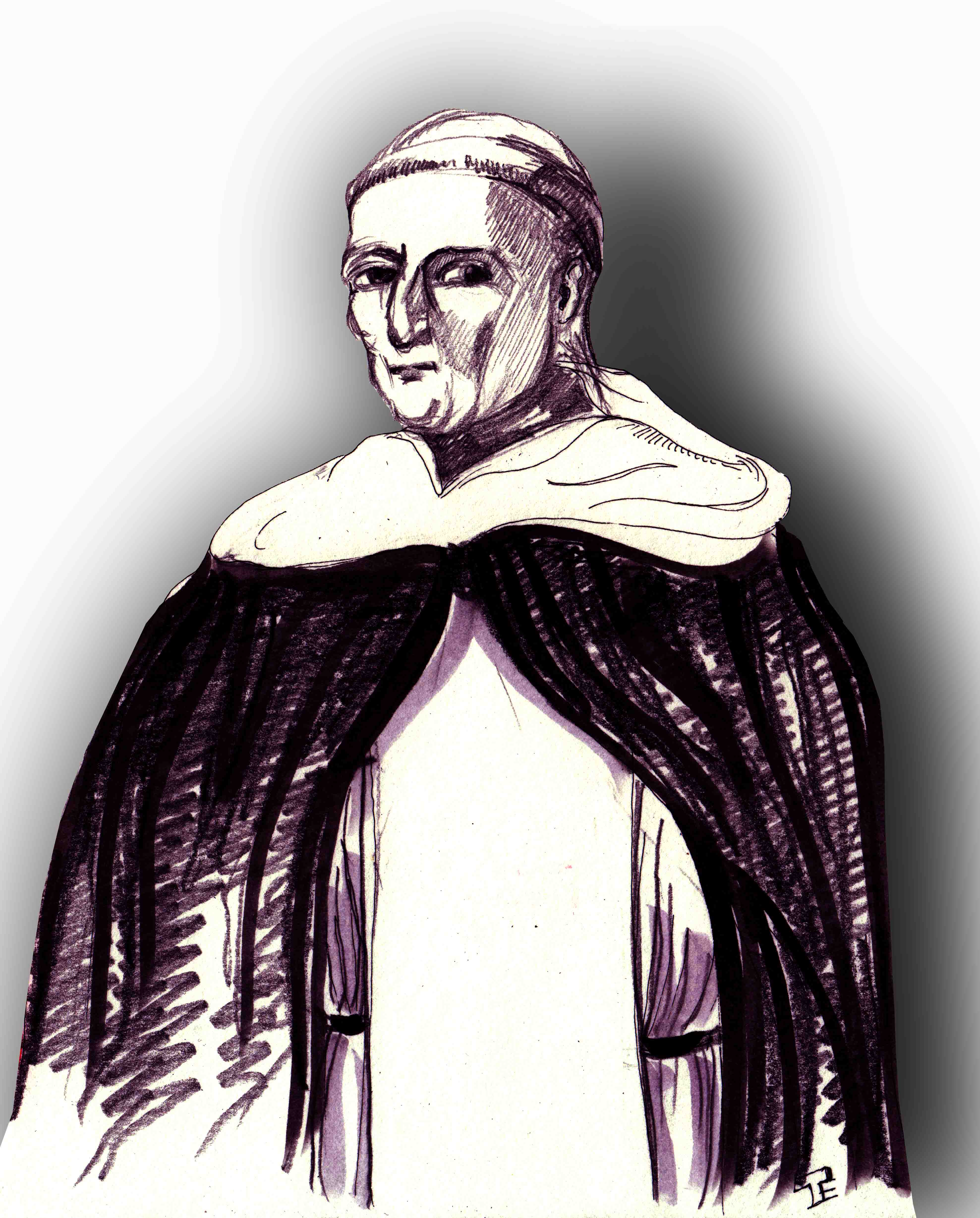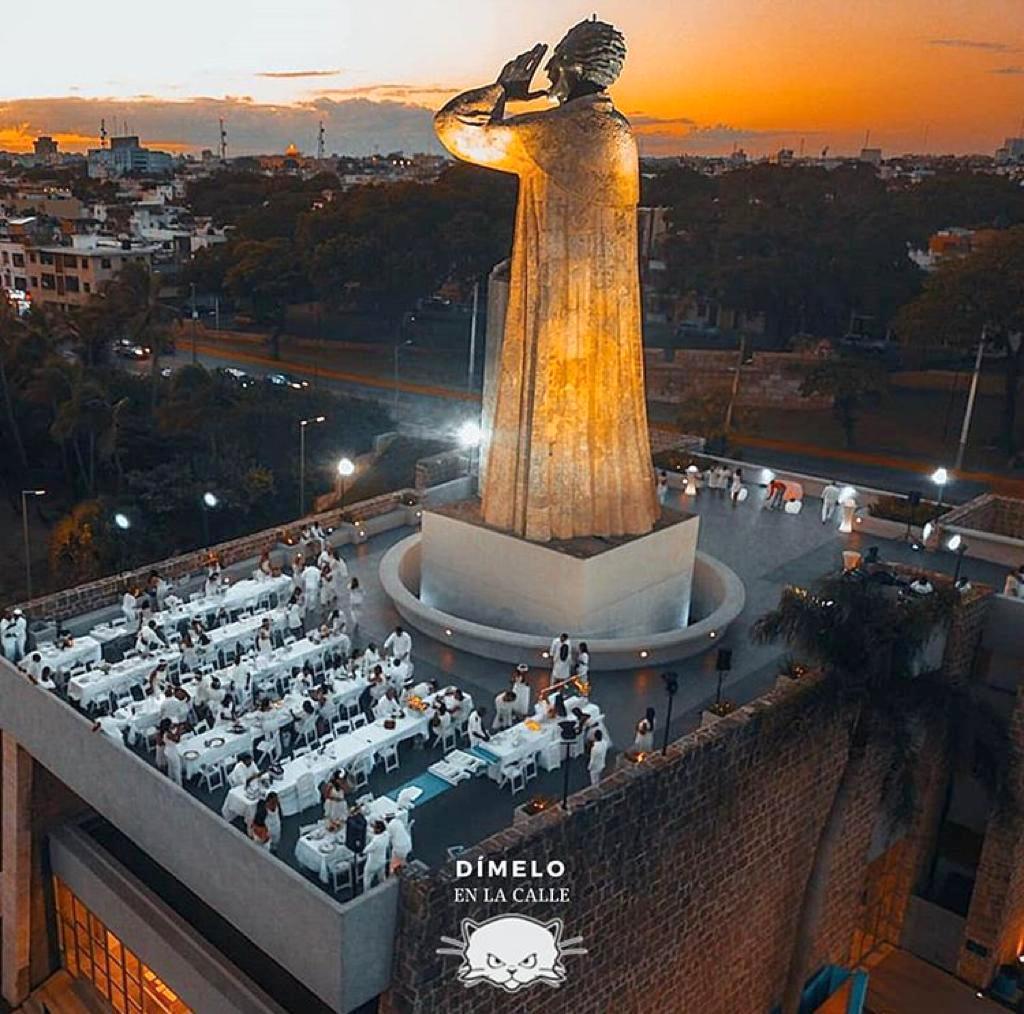
El Día Cada Día Mejor
New Catholic Encyclopedia MONTESINO, ANTONIO Dominican missionary and possibly a martyr; b. Spain, not later than 1486; d. West Indies, c. 1530. The birth and death dates of this Dominican friar, known also as Antonio de Montesinos, have not been accurately determined, nor is much information available on his life.

Fray Antonio de Montesinos, la verdadera defensa de los indios. Libros y Lanzas
Antonio de Montesinos (1511) Annotation: In a sermon delivered in 1511, a Dominican friar, Antonio Montesinos, denounced the mistreatment of the New World Indians. I am the voice of one crying in the wilderness.

The History Press Five Abolitionists you should know
Antonio de Montesinos ( España, c. 1475 - Provincia de Venezuela, 27 de junio de 1540 ), fue un misionero y fraile español.
Fr. Miguel d'Escoto Fray Antonio de Montesinos y un Manifiesto para el siglo XXI, por la Paz y
El padre Las Casas define a Antonio Montesino como "amador del rigor de la religión, muy religioso y buen predicador". Por estas cualidades fue elegido por la comunidad religiosa, encabezada por fray Pedro de Córdoba, para protestar con toda solemnidad.

Estatua Fray Anton de Montesinos, en Santo Domingo (este personaje de la historia dominicana
A Haunting Figure. Antonio de Montesinos was a Spanish Dominican friar who preached against the enslavement and poor treatment of the Dominican Republic's indigenous peoples. When we came across this statue erected in his honor on El Malecón in Santo Domingo, I was struck by the statue's enormity. We ventured inside the complex where the.

Puesta en valor Monumento a Fray Antonio De Montesino YouTube
Antonio de Montesinos was a Spanish Dominican friar on the island of Hispaniola (now the Dominican Republic and Haiti) who, with the backing of his prior, Fray Pedro de Córdoba and his Dominican community at Santo Dominigo, preached against the enslavement and harsh treatment of the Indigenous peoples of the Island. Montesinos's preaching lead.

Recuerdan a Fray Antón de Montesino en 504 aniversario del sermón a
Antonio de Montesinos (Montesino, Montezinos; d. c. 1530), a Dominican priest who was the first public exponent of the rights of the Indians in the New World. Montesinos criticized Spanish treatment of the indigenous inhabitants on Hispaniola during the early sixteenth century.

Sermón de fray Antonio de Montesinos cinco siglos igual YouTube
Antonio de Montesinos was born in Spain, though it is unknown exactly when. His story really begins in 1510, when he was part of a group of Dominican friars who came to Santo Domingo to convert the native Taino population of the island of Hispaniola (what is now Haiti and the Dominican Republic). At the time of first contact with Europeans in.

Antonio de Montesinos e la forza della parola/2
The Laws of Burgos were issued by Ferdinand the Catholic. It is believed that the creation of these laws is the legacy of Fray Antonio de Montesinos, who delivered his first sermon on December 21, 1511 (aka "the Christmas sermon") advocating justice for the native peoples .

Monumento Fray Antón de Montesinos acoge versión 2019 del evento Le Dinner en Blanc ADOMPRETUR
The story brings in two heroic 16th-century missionaries, Bartolomé de las Casas and Antonio de Montesinos, who defend the Indians but they are given minimal screen time. A more serious problem.

Presencia RD "Autorregulando" la prensa
January 1, 1511 Tell me, by what right or justice do you hold these Indians in such cruel and horrible slavery? By what right do you wage such detestable wars on these people who lived mildly and peacefully in their own lands, where you have consumed infinite numbers of them with unheard of murders and desolations?
Monumento Fray Antonio de Montesinos en la ciudad Santo Domingo
Antonio de Montezinos, also known as Aharon Levi [1] or Aharon HaLevi, was a Portuguese traveler and a Marrano Sephardic Jew who in 1644 persuaded Menasseh Ben Israel, a rabbi of Amsterdam, that he had found one of the Ten Lost Tribes of Israel living in the jungles of the "Quito Province" (that is, the Pichincha Province) of Ecuador. [2]
/Fray_Antonio_Montesino-59124bcb5f9b5864700d6d50.jpg)
Antonio de Montesinos
Burgos, Laws ofLaws of Burgos, early Spanish response to reports of abuse of the native Caribbean population. The Laws of Burgos were the response to growing complaints, especially by Dominican friars, that the colonists on Hispaniola were treating the rapidly declining native population cruelly and inhumanely. The Dominican Antonio de Montesinos stated in a sermon delivered in Hispaniola in.

Antonio de Montesinos P.M. Wissen
Shortly before Christmas 1511, Antonio de Montesinos OP had preached a now famous sermon at Santo Domingo. Jointly composed by the first four friars in Hispaniola, the sermon vehemently denounced the maltreatment by the Spanish of the indigenous Indians. As numbers grew, the friars established new houses and provinces.

LAS HERIDAS DEL CORAZÓN El Sermón de Montesinos, hace 500 años y hoy 500 dolores
MONTEZINOS, ANTONIO DE (Aaron Levi; d. c. 1650), Marrano traveler.On a trip to South America during 1641-42, Montezinos discovered a group of natives in Ecuador who could recite the Shema and were acquainted with other Jewish rituals. He brought this news to Amsterdam in 1644, and the congregational authorities - *Manasseh Ben Israel among them - had him repeat his account under oath.

Monumento a Fray Antonio de Montesinos, Santo Domingo
The famous 1511 sermon of the Dominican friar Antonio de Montesinos raising the question of Spanish mistreatment of the native peoples of the island of Hispaniola led to a review of whether or not conquest of the New World was justified, and if so, under what conditions.